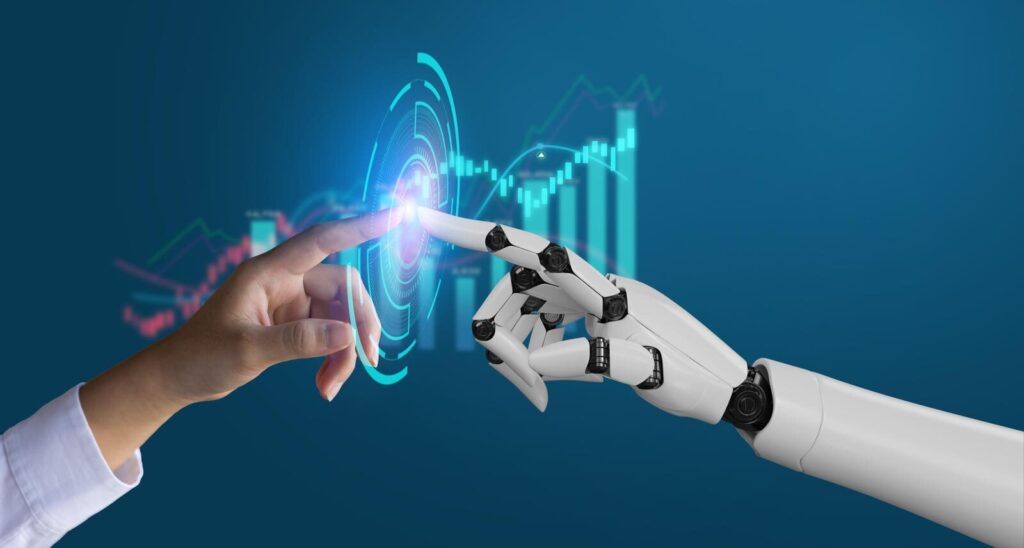The international wearable technology market is on a rapid trajectory to reach $265.4 billion by 2026, propelled by a Compound Annual Growth Rate (CAGR) of 18.0%. Over recent years, wearables have undergone substantial enhancements, incorporating features such as fitness tracking, health monitoring, virtual assistants, and more. Despite these strides, the potential for further innovation remains vast, and artificial intelligence (AI) stands ready to inject unprecedented functionality and performance improvements into these devices.
Yet, as promising as this landscape appears, the wearables sector still faces several notable obstacles, primarily due to its relative infancy. One of the glaring challenges is the absence of a standardized approach for data collection and processing. Each manufacturer employs its own set of metrics, leading to discrepancies in the data gathered and its subsequent interpretation.
Another persistent issue is battery life. While smartwatches have made remarkable strides in functionality, they continue to fall short in sustaining power for extended periods. For instance, it’s still largely impractical to use a smartwatch continuously for both daytime activities and nighttime sleep monitoring, as most models fail to provide a full 24-hour usage window.
AI’s potential to upend the wearables market is monumental, analogous to the transformations witnessed in various other industries. While companies currently tout AI features in their wearables, these capabilities are often limited, relying on basic algorithms and rudimentary intelligence. For the wearables market to truly evolve, AI needs to advance beyond its current constraints and deliver genuinely intelligent interactions.
Envision a future where your wearable comes with an AI-driven virtual doctor, fully equipped with comprehensive medical knowledge. Such an AI could leverage the extensive data your wearable collects, engage with you through interactive queries, access its expansive knowledge database, and deliver diagnoses and assistance with a precision surpassing many human doctors.
However, several critical hurdles need to be overcome for this vision to materialize. One of the primary concerns is trust. AI “hallucinations,” where the system generates fabricated responses, are a significant issue. This problem was highlighted by Alphabet CEO Sundar Pichai, who acknowledged that no one in the field has yet resolved these hallucination problems. For AI to propel wearables to the next phase, the technology must gain the level of reliability where consumers, particularly those managing health-related matters, can trust its outputs.
Another crucial factor is data collection and privacy. Health data is among the most sensitive and private types of information. Regrettably, some of the prominent companies in this domain have not demonstrated a stellar commitment to privacy. Consumers need assurance that their data is being accurately collected and securely protected. While companies may intend to utilize this data to enhance diagnostic capabilities and AI performance, robust measures must be in place to anonymize data and preserve privacy.
Battery life, an issue highlighted earlier, remains one of the most significant challenges. Unlike medical monitoring devices that can log data continuously for days, most wearables are far from achieving this target. Therefore, advancements in battery technology or improvements in device efficiency are paramount for wearables to function as bona fide medical devices.
Despite the dominance of major players like Apple, Google with Fitbit, and Samsung in the wearable tech market, there’s ample opportunity for smaller enterprises to distinguish themselves by addressing these prevalent challenges. In the foreseeable future, AI is set to revolutionize the medical and wearable technology sectors, unlocking capabilities previously confined to the realm of science fiction. Companies that can effectively navigate and resolve these issues will be at the forefront of ushering in this transformative era.


